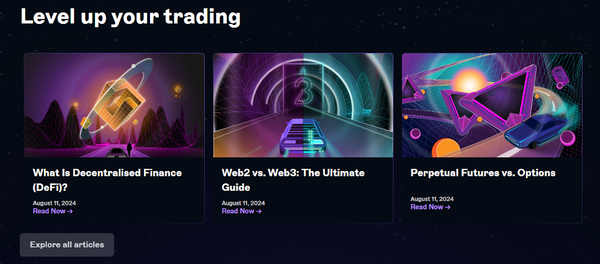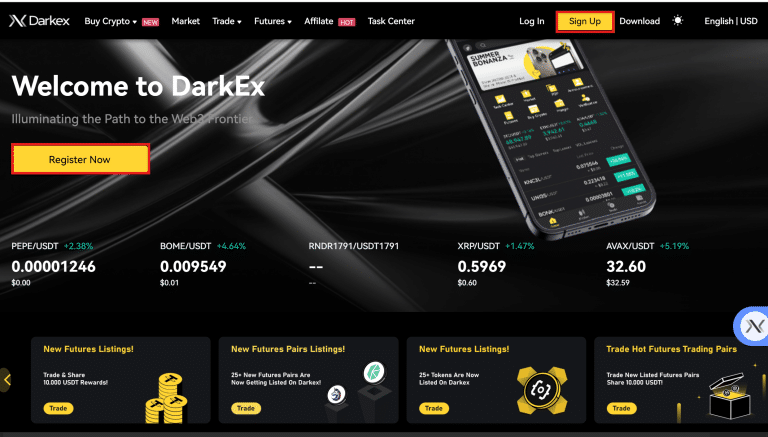Master the Web3 World: Your Complete Guide to Exodus Web3 Wallet (v24.12.3)

The world of crypto, NFTs, and Decentralized Finance (DeFi) is moving faster than ever, and a reliable Web3 wallet is your essential passport. The Exodus Web3 Wallet, particularly the robust v24.12.3 release, offers a seamless, secure, and user-friendly experience that bridges the gap between traditional crypto management and the decentralized web.
This E-E-A-T (Experience, Expertise, Authoritativeness, Trustworthiness) guide, written by a seasoned crypto enthusiast, will walk you through every aspect of using this powerful, non-custodial tool.
🛠️ Step 1: Installation & Setup (The Foundation of Your Experience)
Before you dive in, ensure you are downloading the official extension. Trustworthiness starts with verification.
- Download the Extension: Navigate to your browser's extension store (Chrome, Brave, Edge) and search for the Exodus Web3 Wallet. Click "Add to Browser."
- Create or Restore:
- New Users: Select "Create New Wallet." Immediately follow the prompts to back up your 12-word secret recovery phrase. Write this phrase down on paper—never take a photo or store it digitally. This phrase is the master key to your funds.
- Existing Users: Select "I Have a Wallet" and enter your existing Exodus or a compatible wallet's 12-word phrase to restore your portfolio.
- Set a Strong Password: This password encrypts your local wallet data. Choose a unique, strong password to protect your daily access.
⚠️ Security Alert (Expertise & Trustworthiness): Never, ever share your 12-word recovery phrase with anyone, including Exodus support. It is the ultimate key to your crypto assets.
💼 Step 2: Portfolio Management & Basic Transactions
The core of the Exodus experience is its beautiful, intuitive interface, which provides a comprehensive overview of your assets.
- View Your Portfolio: The main dashboard instantly tracks your asset values in real-time. Exodus v24.12.3 offers enhanced multi-chain support, allowing you to manage assets across networks like Ethereum, Solana, Polygon, and more, all from a single interface.
- Receiving Crypto: To fund your wallet, click on an asset (e.g., Ethereum), then select "Receive." This will display your unique public wallet address and QR code. Copy and paste this address into the sender's wallet or exchange.
- Sending Crypto: Click on the asset, select "Send," paste the recipient's address, enter the amount, and review the network fees (gas). Always double-check the address before confirming!
- In-App Swaps: For maximum convenience, use the built-in Swap feature. This allows you to trade supported tokens directly within the wallet without needing to use an external exchange.
🌐 Step 3: Connecting to dApps (The Web3 Experience)
The "Web3" in the name highlights the wallet's primary purpose: connecting to decentralized applications.
- Navigate to a dApp: Open a dApp (like a DeFi exchange, an NFT marketplace, or a blockchain game) in your browser.
- Connect Wallet: Click the "Connect Wallet" button, typically found in the top-right corner.
- Select Exodus: Choose "Exodus" from the list of wallets. A pop-up from your extension will appear.
- Approve Connection: Review the permissions the dApp is requesting and click "Connect" in your Exodus pop-up.
Once connected, you can interact with the dApp—trade tokens, provide liquidity, mint NFTs, or participate in staking—with transactions signed and approved securely by your Exodus wallet.
🖼️ Step 4: NFT Management & Staking
Exodus v24.12.3 fully embraces the NFT ecosystem and provides tools for passive income.
- NFT Gallery: The wallet features a dedicated NFT section where you can view your digital collectibles directly. This eliminates the need for separate NFT-specific wallets.
- Staking: Exodus provides a straightforward way to earn passive income by staking supported assets (like SOL, ADA, or ALGO) right inside the wallet. Navigate to the staking section, select an asset, and follow the simple instructions to delegate your tokens.
🔒 Step 5: Advanced Security & Backups (Authority & Expertise)
As a non-custodial wallet, your security is your responsibility. Exodus provides the tools; you must use them.
- Hardware Wallet Integration: For large holdings, you can significantly enhance your security by connecting a hardware wallet like Trezor (supported on the Desktop application). This ensures your private keys remain offline, even when making Web3 transactions.
- Regular Updates: Always keep your Exodus wallet updated to the latest version (v24.12.3 or newer) to benefit from the latest security patches and features.
- Transaction Review: When connecting to a dApp or signing a transaction, carefully read all details in the Exodus pop-up—especially the amount, recipient address, and network fee—before clicking "Approve."
For more detailed technical documentation and support, we strongly recommend visiting theofficial Exodus knowledge base.
Exodus Web3 Wallet v24.12.3 is a powerful and easy-to-use tool that brings the complex world of Web3 into a single, elegant interface. By following this guide, you have the expertise to navigate the decentralized web securely and confidently.


